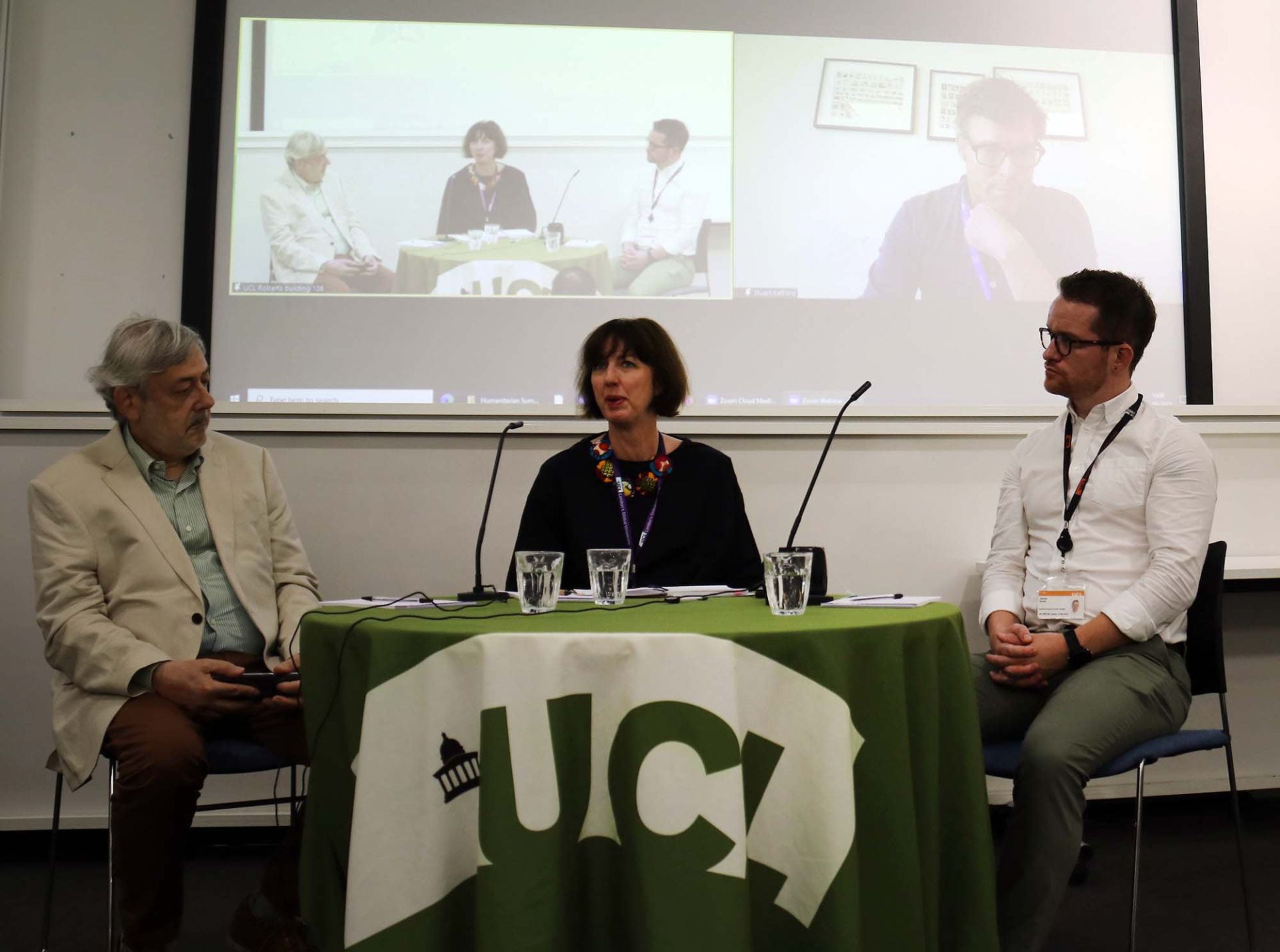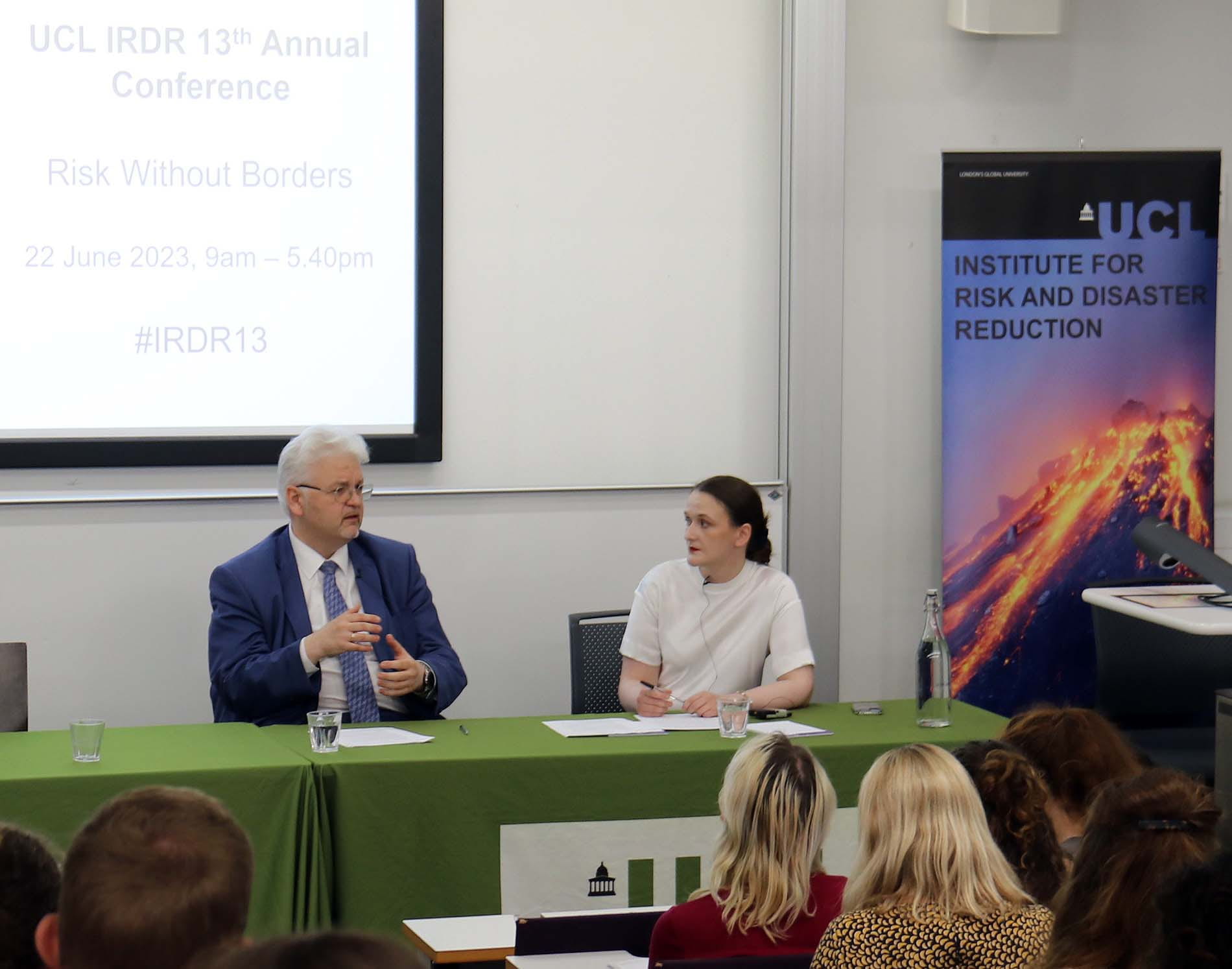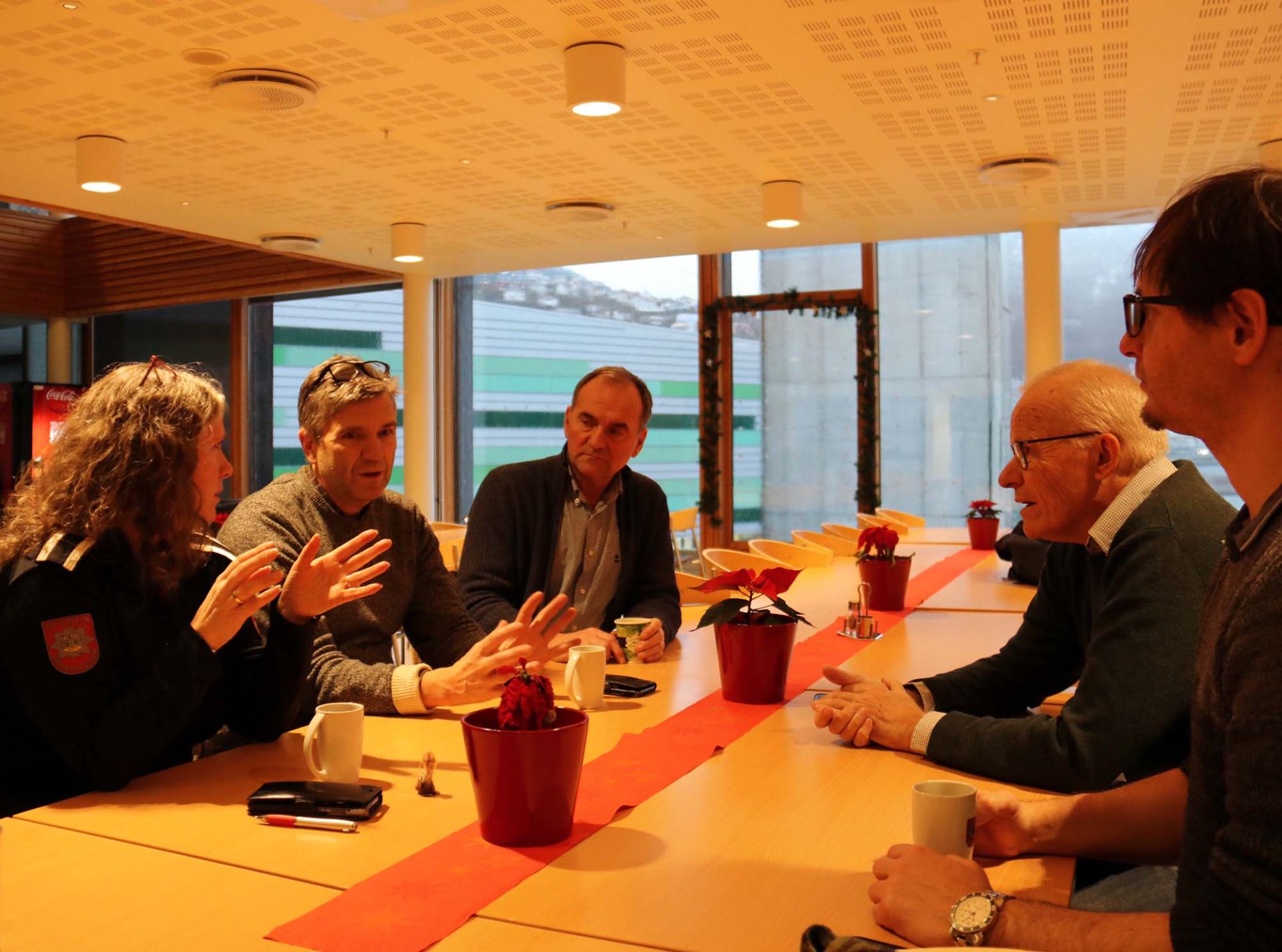Do we need more ‘pre-emptive retrospection’?
By Chris Needham-Bennett, on 12 October 2023
If something went wrong and in two years’ time the investigative documentary, ‘Panorama’ or the like, made a programme about the sequence of events, hosted by the most antagonistic of interviewers, would my organisation and/or me, look prudent or reckless?
Risk and its popular acceptance are determined by whomsoever one might define as ‘society’. The intensely complex relationship of risk and society has been debated in detail by the likes of Ulrich Beck, and shaped by Anthony Giddens. The sociological perspectives and arguments available are lengthy and intricate but are basically about how a society responds to risk.
Titan
A recent tragic example was the Titan submersible in its final decent to the Titanic. A great deal of commentary has revolved around the ‘I told you so.’ retrospective, the lack of regulation, ‘certification’ and the alleged irresponsibility of the designer who also died in his own craft. The risks were, at least when measured in media column inches, unacceptable. Yet the development of flight, which we now almost take for granted and accept as being ‘safe,’ demanded a far higher death toll of its pioneers. Lilienthal, now regarded by many as the father of flight, (he invented the concept of the first modern wing) died of injuries suffered in a stall from 50 feet. The ‘Comet’, the first commercial pressurised jet passenger aircraft lost three aircraft in twelve months from catastrophic in-flight break ups. There appears to be a ‘balance sheet of fatalities’ required to achieve progress, and the terms used by society, ‘reckless’ or ‘pioneering’ are generally a product of the time in which the events occurred, and the relatively recent loss of two Boeing 737 MAX aircraft was not generally viewed with the same phlegmatic, post war acceptance of the Comet losses.
Making Progress
Based on the assumption that progress in any discipline, despite ethics committees, will involve some risk to someone at some time, the critical question is what degree of risk and consequent loss is acceptable to maintain progress in such a discipline. Remember that we are in the Institute for Risk and Disaster Reduction (not its Eradication). Most disciplines have developed their own particular measures in line with their industry’s ethical milieu. The more familiar are medical trials and processes of drug licencing which are rigorous, expensive and time consuming for all the right reasons. Additionally, one can plainly see the evolution of such risk management measures from 1796 and Jenner’s retrospectively unethical but brilliant action of the vaccination of a single 8-year old.
Many other industries, food, cosmetics, and furniture all have some form of standards. The EU even has rules for makers of hot air balloons who rejoice in a publication ‘Easy access rules for balloons’ which is a mere 345 pages long. But, where we are confronted by a plexiglass and carbon fibre submarine, metaphorically made in an inventor’s shed, the position is less clear. There is no real licencing authority for voluntary and informed consent pleasure trips into the Abyss; and if we are seeking to define the acceptable level of risk proportionate to progress in any field then it is equally apparent that it lies neither with the increasing imposition of banal risk/Health & Safety regulatory bureaucracy, nor a laissez faire arrogance as to genuine risks.
Reasonableness
How do we strike the right note on the spectrum between impotent over-precaution and wilful recklessness? First, as (Professor) James Reason humanely advocated, we need to guard against hindsight bias:
Before judging too harshly the human failings that concatenate to cause a disaster, we need to make a clear distinction between the way the precursors appear now, given the knowledge of the unhappy outcome, and the way they seemed at the time.
James Reason in Human Error, 1990. Cambridge University Press.
But as Reason implied some degree of judgement is required and the question remains what level of judgement should be applied. In English civil law cases the test of ‘reasonableness’ is long established as a principle of judgement. It was exemplified by the term, the ‘man on the Clapham omnibus’. This was updated by Lord Steyn’s analogy of the “commuter on the underground”. The principle in this test is that what is deemed ‘reasonable’ in a legal context in a civil case, would be that which the normal person on public transport felt was reasonable. In other words, “What would a reasonable person of ordinary prudence have done in the defendant’s situation?”
However, the problem of reasonableness is that it seems remarkably easy to convince oneself as to one’s own reasonableness, how indeed could it be otherwise? Naturally, the test of reasonableness is almost always applied retrospectively and, as Reason notes above, the person taking the risk at the time of the event might have had little cause to appreciate the risk. Like Lilienthal, if you are the first person to successfully fly a glider there is no reason, a priori, to understand the aerodynamics of a stall. Therefore, one is left with a further question of how one might fail to appreciate a risk but nonetheless demonstrate sufficient reasonableness to still convince the reasonable commuter of your prudence, especially a commuter who has, by the time of the inquiry or trial, read all of the initial news reports.
Pre-emptive retrospection
At this point we introduce the new notion of ‘pre-emptive retrospection’ (PER). Mentally one goes forward in time from now to a point say two years in the future and one asks the question as follows. If something went wrong and in two years’ time the investigative documentary, ‘Panorama’ or the like, made a programme about the sequence of events, hosted by the most antagonistic of interviewers, would my organisation and/or me, look prudent or reckless? This notion introduces an introspection of the activity that goes beyond the test of reasonableness (of which it is easy to convince oneself). This technique, forces an emphasis on foresight as to how one’s action could be perceived in the future with the dubious benefit of hindsight, it is not merely the question, ‘does it seem reasonable to me/us right now?’ It can also be applied from a variety of perspectives, consumer opinion, victim perception, stakeholder interest, shareholder confidence, and the media influenced reasonable person; this goes beyond one’s contemplation of one’s own potential reasonableness.
Pre-emptive retrospection is not a legal test like reasonableness, nor does it inhibit risk taking, rather it simply demands a pause for objective thought as to how ones current actions could be perceived in the future.
Dr Chris Needham-Bennett is Managing Director at Needhams1834 Ltd and Visiting Professor at University College London.
Read more IRDR Blogs
Follow IRDR on Twitter @UCLIRDR
 Close
Close













